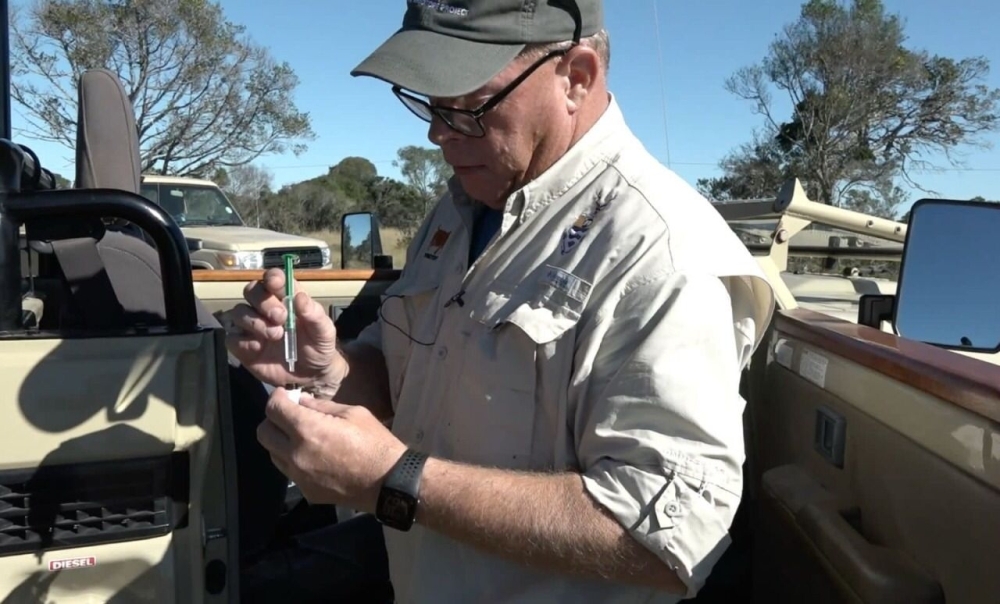Can the Rhisotope Project help cycads, too?
Hope for rhinos and plants
Educational YouTube channel Africa4Nuclear released a video interview with Professor James Larkin, director of Radiation and Health Physics Unit at the University of the Witwatersrand and the founder of the Rhisotope Project.The Rhisotope Project is an initiative between WITS University, the Australian Nuclear Science and Technology Organisation (ANSTO), Colorado State University, Rosatom, the Nuclear Energy Corporation of South Africa (Necsa) and top global nuclear scientists, researchers, South African rhino owners, and the best wildlife veterinarians in the world to significantly reduce rhino poaching. By placing radioactive material in the rhinoceros horn, it makes it impossible to smuggle thus creating an effective means of protecting the animals.
“We hope to reduce poaching by introducing a small amount of isotopic material into rhino horns. We expect that the horns will be devalued in the eyes of the end consumer because a buyer in the Far East is unlikely to want to purchase something radioactive,” Dr Larkin explains.
The presence of isotopes in the horns would make transporting them unattractive to illegal traffickers. “Radiation makes it easier to track horns if they are attempted to be smuggled across state borders because 10 000 to 11000 radiation detectors have been installed at sea and airports and checkpoints,” he added.
In the interview, Larkin mentioned that scientific research will play a big role in preserving other species too. “We are also starting to think about whether we can do it with elephant ivory and then maybe look at cycads.”




